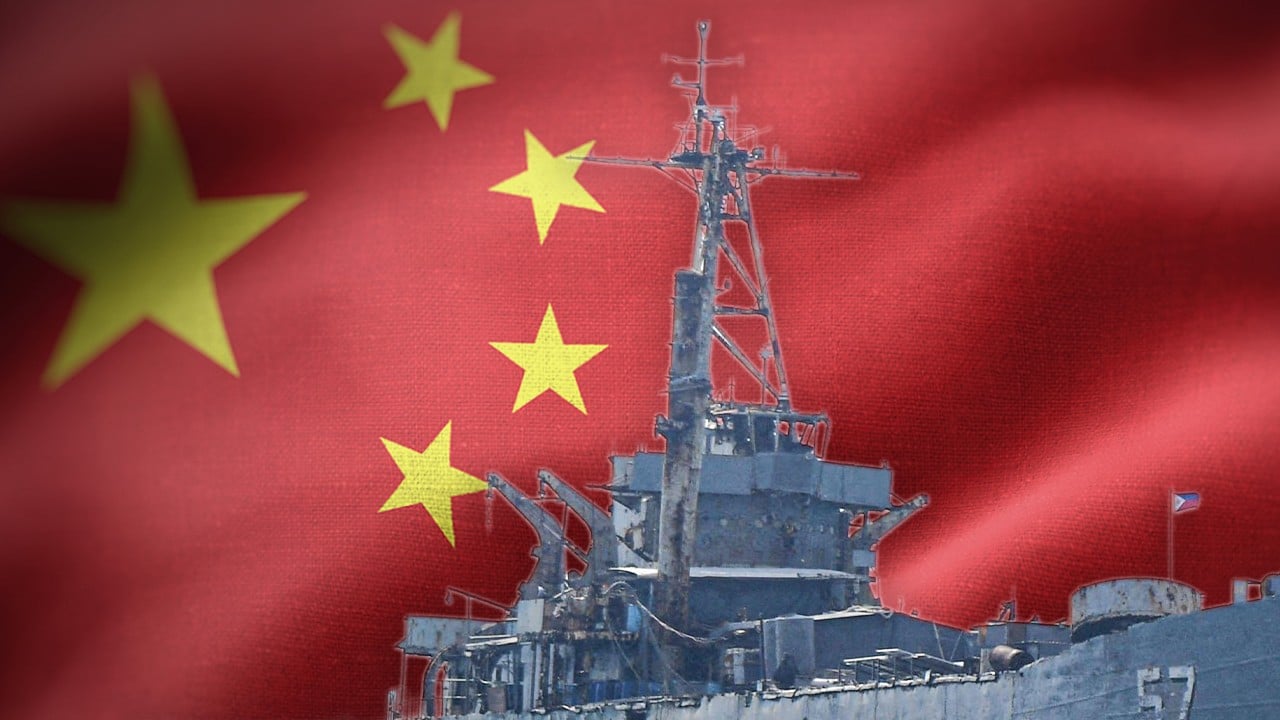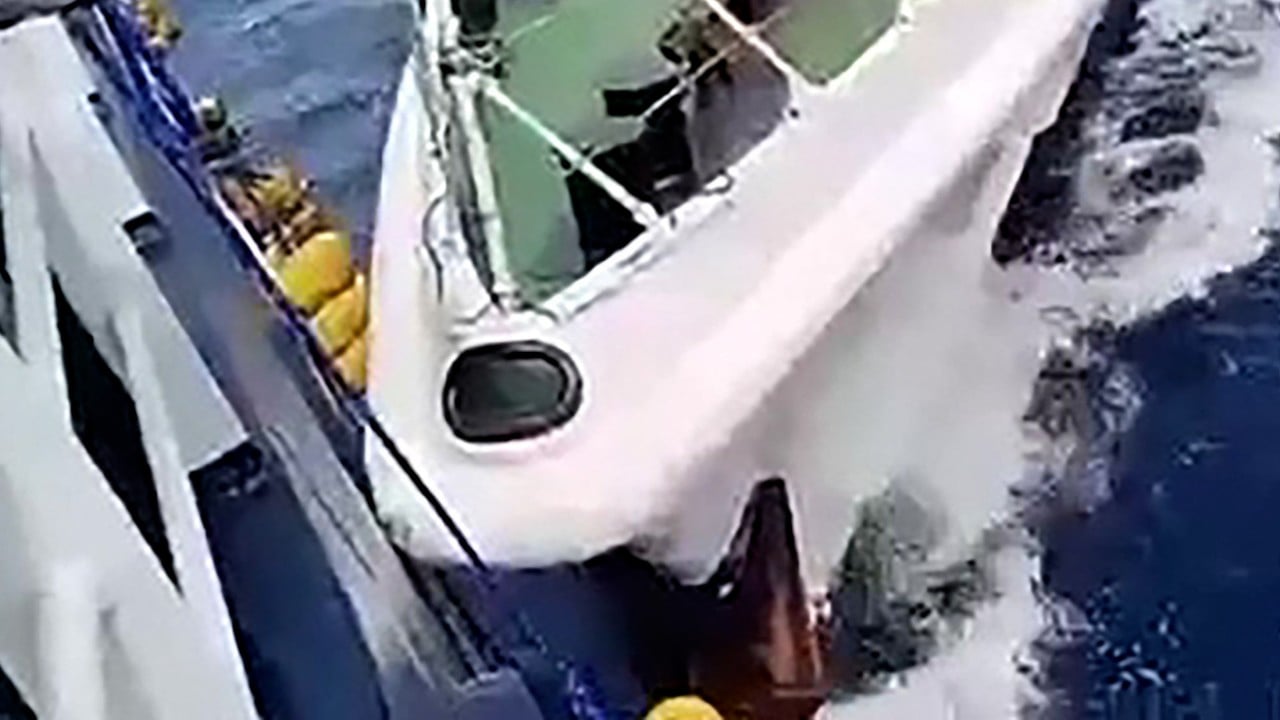South China Sea: US condemns ‘aggressive’ Chinese actions, ‘stands with’ the Philippines
He also reiterated Washington’s resolve to team up with allies to counter China in maritime disputes, saying a growing number of countries were willing to work with the US Coast Guard on this.
The shoal has emerged as a potential third flashpoint between Beijing and Manila in the South China Sea, after a string of clashes over the past year near the Second Thomas Shoal as well as the Scarborough Shoal – called Huangyan Island by China.
The Sabina and Second Thomas shoals are part of the Spratly Islands, called Nansha Islands by Beijing, which claims most of the South China Sea.
The Philippines, Vietnam and Malaysia are among the rival claimants to the Spratlys.
The Philippines has also accused China of launching flares “dangerously close” to its aircraft patrolling near the Beijing-controlled Scarborough Shoal and Subi Reef on at least two occasions this month.
The repeated face-offs have sparked fears of a wider conflict drawing in the US, a treaty ally of the Philippines.
“We stand together with the Philippines, and we condemn the actions of aggressive individuals that do such things as ram or try to prevent humanitarian supplies from reaching individuals, [or] resupplying their fellow citizens,” Sugimoto said on Tuesday.
Calling on China to “uphold the rules themselves” and “stand and lead by example”, he said: “That’s when the rest of the world will notice that they are, in fact, world leaders and not bullies”.
Beijing has repeatedly blamed the US for provoking the situation in the South China Sea, labelling it as “the biggest disrupter of peace” in the region.
“We need to be able to send ships freely wherever the oceans are, as that is part of the right of every nation on the planet,” Sugimoto said.
The Chinese coastguard on Monday said it had fended off “illegal intrusions” by Philippine vessels, their third maritime confrontation since August 19.
This came hours after China and the Philippines traded blame over a collision on Sunday near Sabina Shoal, as they did following a similar incident six days before.
Manila alleged “aggressive and dangerous” action from the Chinese side on Sunday, including ramming and using water cannons, against what it said were vessels on a “humanitarian mission” bringing supplies to fishermen in the area.
Weeks before, the two sides reached a deal over resupply missions to a grounded Philippine navy ship at the Second Thomas Shoal, a fiercely contested feature controlled by Manila. But they have failed to agree on some key conditions for the missions.
China at the time said it took “necessary countermeasures” after Philippine aircraft flew into its airspace over Subi Reef. The reef is also part of the disputed Spratlys and has been turned into an artificial island by Beijing, which controls the feature.

